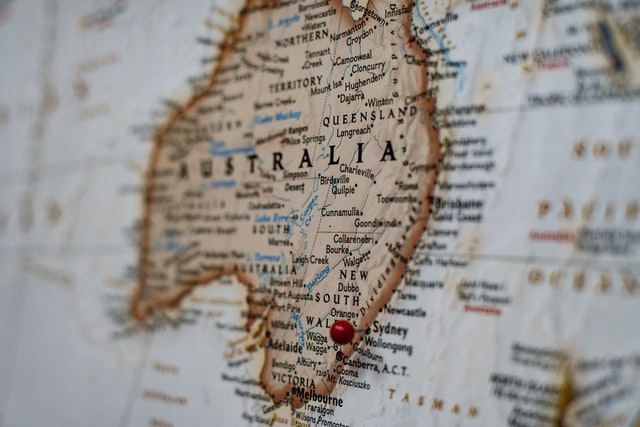Australia’s eminent wine critic James Halliday is featured in our Meet the Member interview, and he also shares with us his greatest moments and milestones in Australian wine.
In the last 50 years there have been monumental changes in styles, varieties and regions of Australia. Over this timeframe, there has been no consistency per se. A rough chronology of change goes thus:
- 1955 The fermentation of Riesling radically changes with temperature control in closed stainless steel tanks, and sets the scene for Riesling through to 2000.
- 1952 Max Schubert creates Grange, completely changing the appreciation of red wine a decade later.
- 1960s – Shiraz is king, with only isolated plots of Cabernet, no Pinot Noir, and no Grenache being used for table wine. No French oak (new or used) and Grange was on its own with 1,005 new American oak barrels to finish primary fermentation.
- 1962 Sydney Wine Show ’55 Grange steals the show, after 10 years in the wilderness.
- 1963 Max Lake, a hand surgeon, becomes the first non-qualified winemaker, setting up Lake’s Folly in the Hunter Valley, once again a seismic event that has had continuing repercussions through to the present time.
- 1971 The first Chardonnay labeled as such is made by Tyrrell’s, but tank-fermented and simply matured in French oak.
- The second half of the ‘70s sees the emergence of cool-climate regions and the gradual appearance of very small quantities of Pinot Noir in the Yarra Valley. Barrel fermentation of Chardonnay in new French oak by small wineries, but not the big players.
- Late ‘70s The Margaret River juggernaut starts to roll, with a climate more reliable than any other region of Australia, thanks to the strong maritime effect of the Pacific and Southern Oceans.
- 1980 The first Chardonnay is grown in South Australia, but it’s not until ‘94 that Australian production of Chardonnay exceeds that of Riesling.
- 1983 Whole bunch/whole berry fermentation of Pinot starts to gain approval.
- On a continuous plane, French oak, whole bunch/berry fermentation of Shiraz, particularly from cool regions, fundamentally changes the way the majority of Australian red wines are made. The Barossa Valley, the remaining standfast on American oak, until the late ‘90s.
- 2010 The fermentation of white wines on skins and/or in amphora attracts great interest and some success.
- 1990s onwards More attention is given to earlier picking, lower alcohol, better pH and limited use of SO2, and all come together for Chardonnay, which, together with Shiraz, utterly dominates production.
- 2000 Grenache in the Barossa Valley and McLaren Vale (Blewitt Springs) blooms almost overnight, with alcohol dropping from 16% to 13%.
Other significant changes have been caused by the adoption of the Geographic Indications legislation which divided Australia into 65 regions; the development of sustainable viticulture with or without organic/biodynamic accreditation; and arguably the most significant invention (other than the screwcap) has been the development of smart harvesters with onboard sorting married with static sorting systems in the winery.

